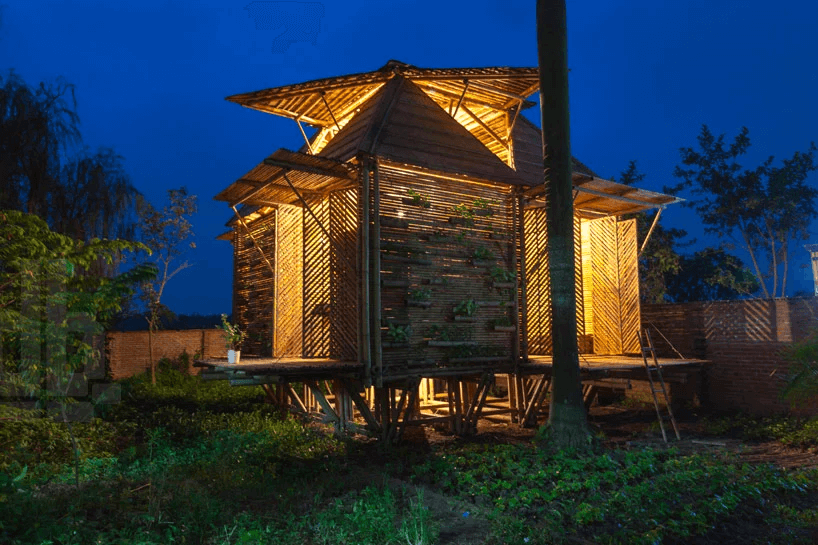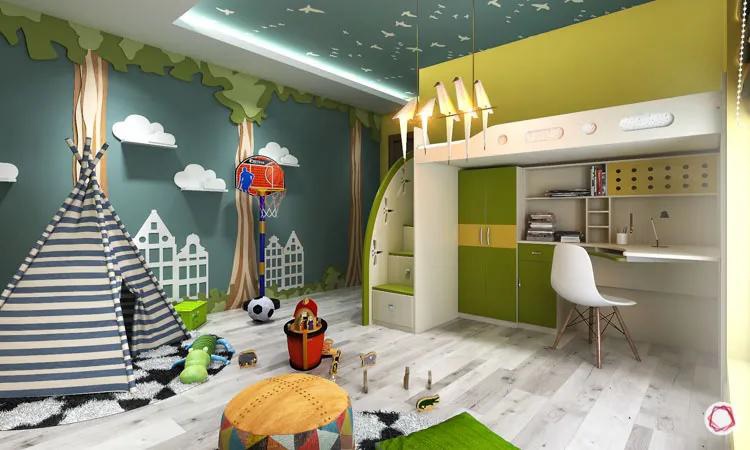Elements create a strong effect on both art and architecture. Art hereby discussed is the Cinema (a wider and popular medium). Elements are important for both Spacemaking and Film making.


Both Architecture and Cinema share a few elements to a major extent such as Light, shadows, background, colors and nature, etc. Few times elements do a predominant role in both different domains. These elements also act in a balanced and subtle way to enhance the whole experience for the users/audiences.


Hereby there will be a series of blogs to understand the similarities between both domains. There will be a clear explanation of the elements related to them.
Related Articles

Tropical Architecture Series – Blog 1
Human life as we know it was created 200,000 years ago. Despite being vulnerable, we humans have conquered swathes of territory, like no other species before us. After 180,000 years of nomadic living, thanks to a more clement climate, humans settled down in...

Divvying Living spaces : How the Pandemic Re-Shuffled Our Homes
by Ramya Shree K.K.Without a doubt, the COVID-19 pandemic has changed how we live. With most people around the world spending significantly more time in their homes than ever before, people are devoting more time and energy into finding more uses for their living...

Does everyone need an architect?
There is a myth that an architect will work for people with more land and will charge an exquisite amount of money in designing them. Few architects of old generations sometimes design for people with more than a particular level area. Nowadays, all architects...
